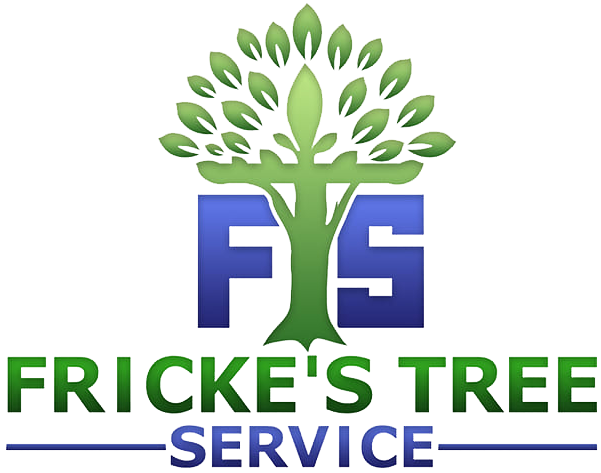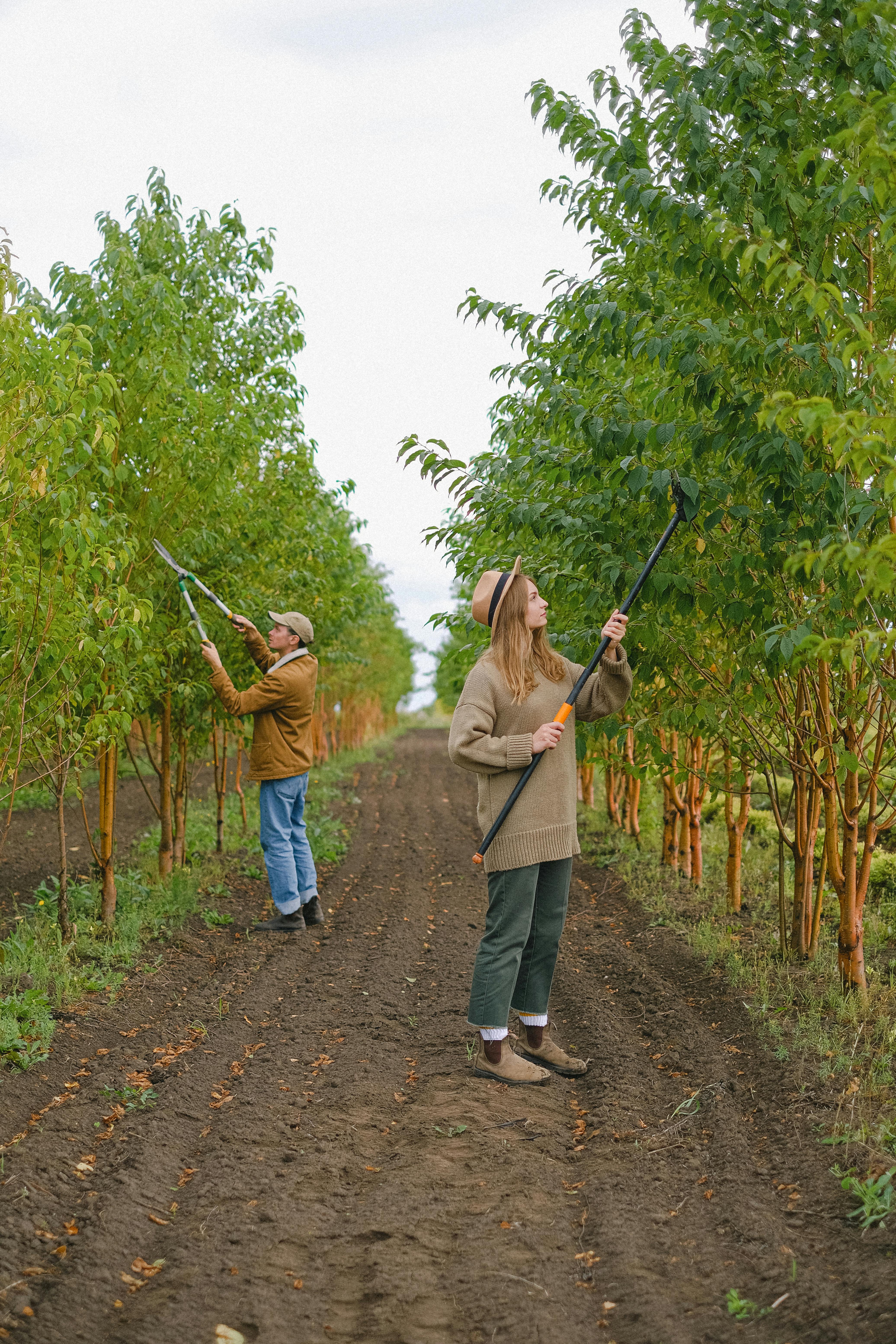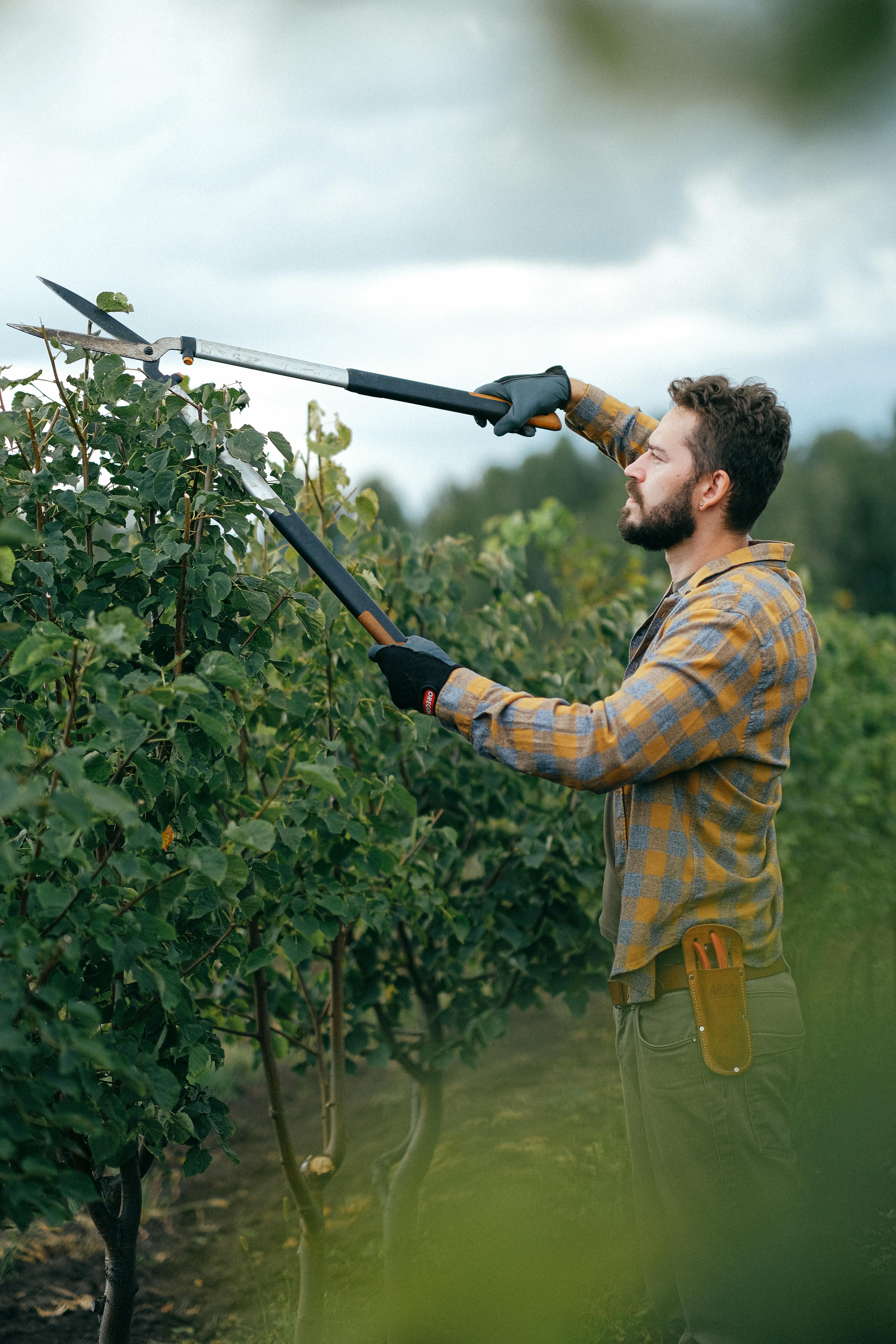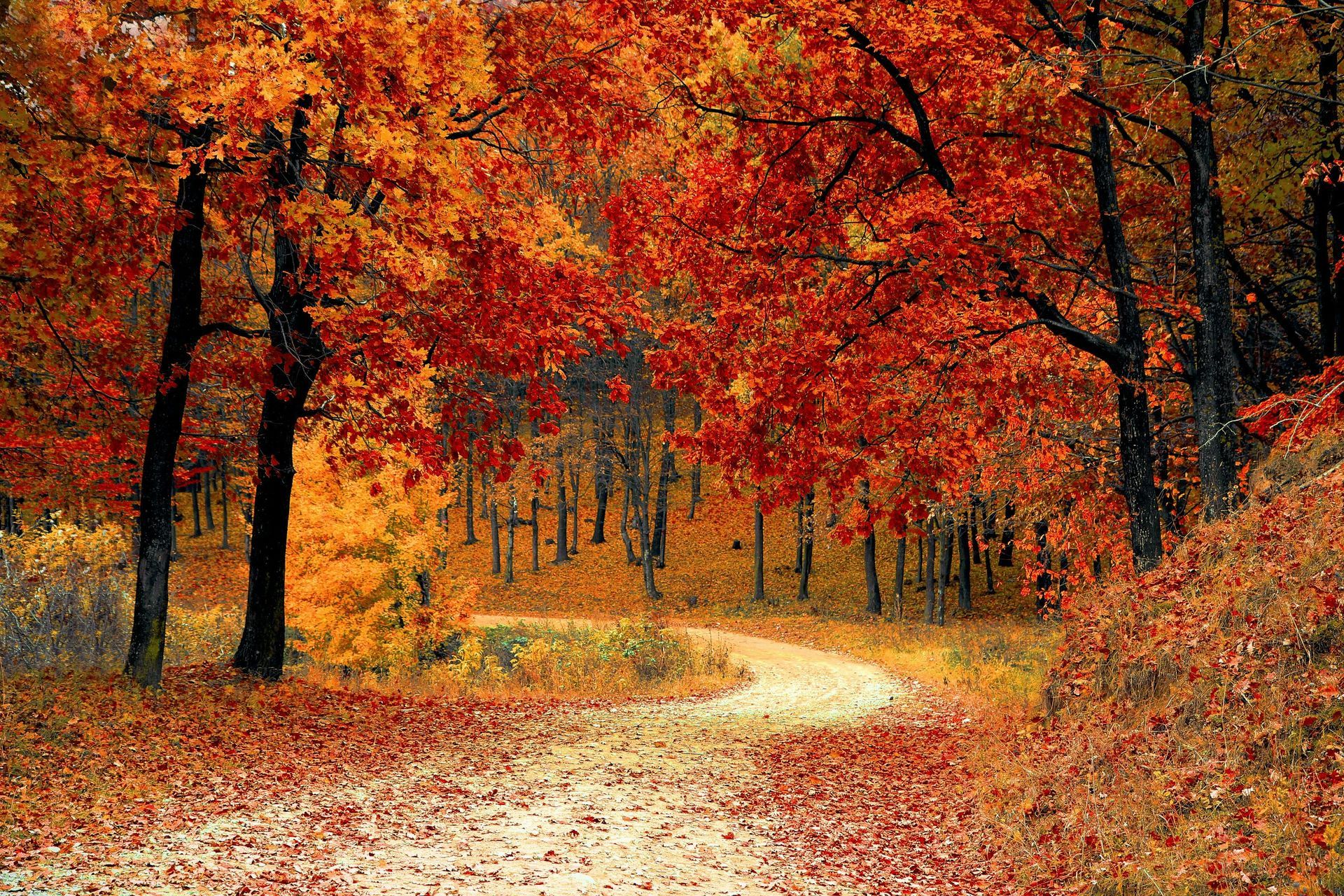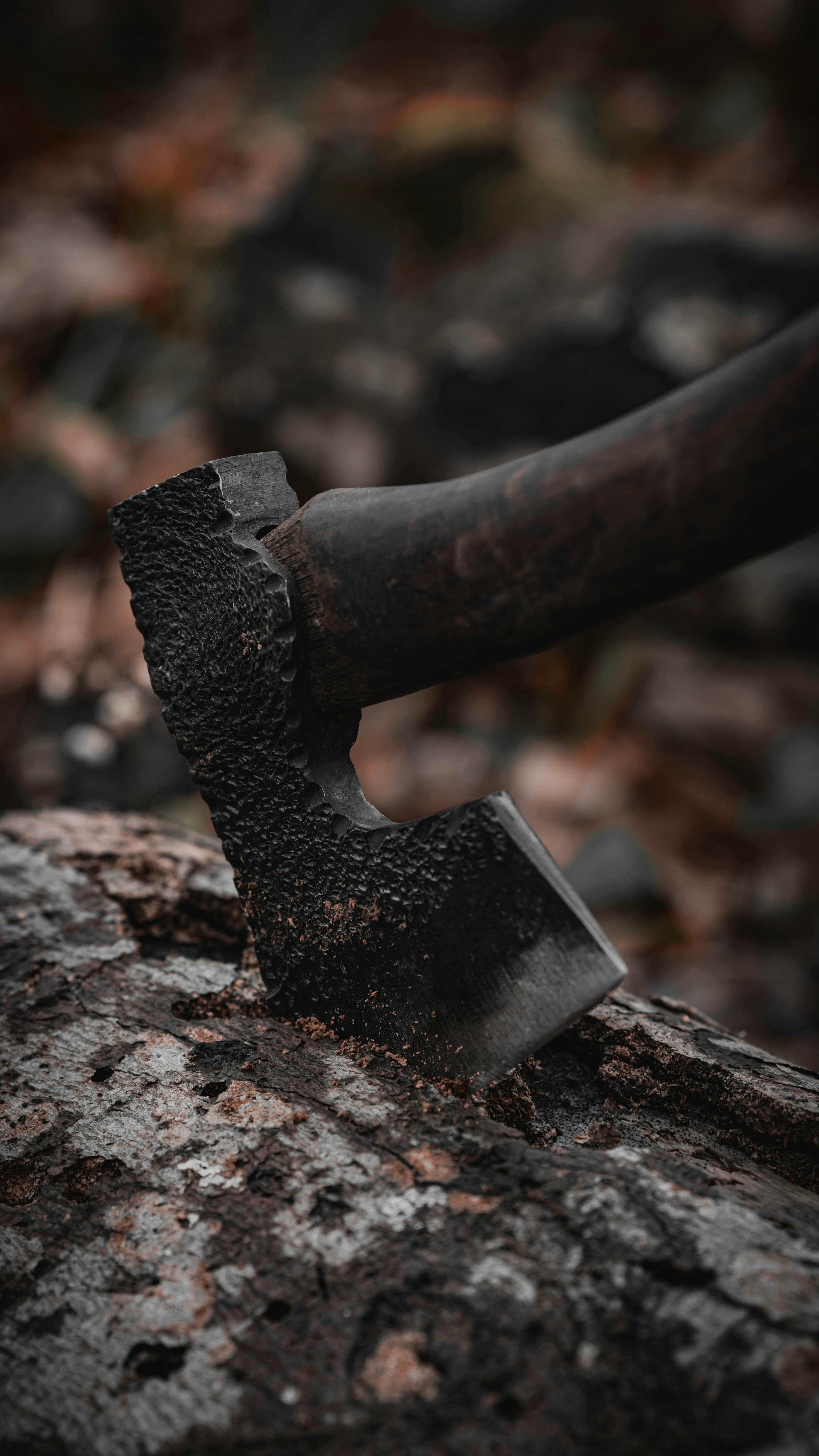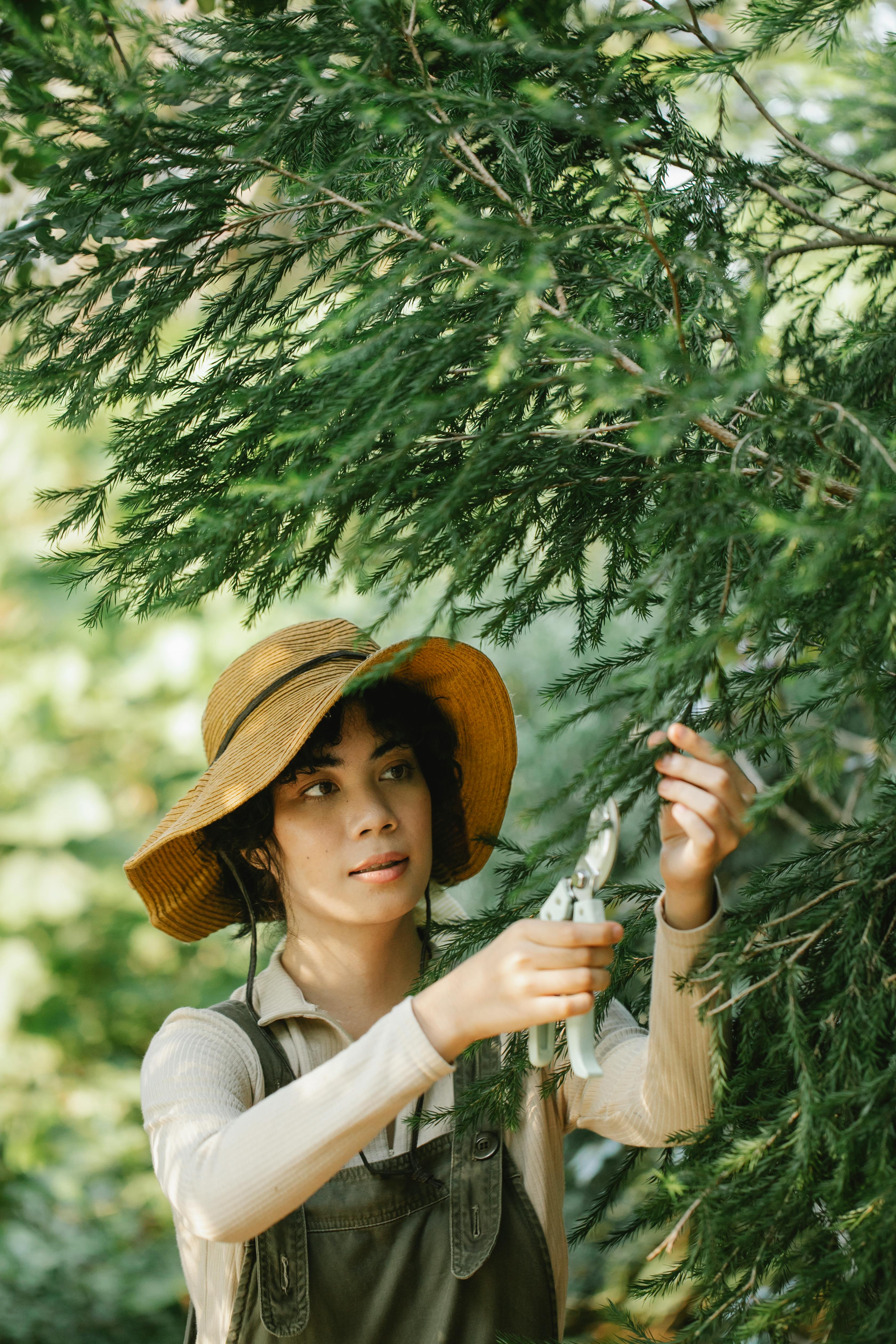Fricke's Tree Service
Learn to Identify Tree Diseases Early
How to Spot Tree Diseases Before It’s Too Late
Understanding Tree Diseases
Tree diseases can significantly impact the health of your landscape. Recognizing the signs early can save your trees and prevent further damage. In this post, we will explore how to identify tree diseases, their symptoms, and effective management strategies. Understanding the nature of tree diseases is essential for any homeowner or gardener who wishes to maintain a vibrant and healthy outdoor space. Trees are not only beautiful but also play a crucial role in our ecosystem, providing oxygen, shade, and habitat for wildlife. Therefore, taking the time to learn about tree diseases is an investment in the health of your landscape and the environment.Common Tree Diseases
There are several types of tree diseases that can affect various species. Here are some of the most common:- Fungal Infections: These are often caused by pathogens that thrive in moist conditions. Fungi can spread rapidly, especially in humid environments, and can lead to significant damage if not addressed promptly.
- Bacterial Diseases: These can lead to wilting, leaf spots, and cankers. Bacterial infections often require specific treatments to manage effectively, as they can be quite aggressive.
- Viral Infections: Though less common, viruses can cause stunted growth and discoloration. Viral diseases can be particularly challenging to manage, as they often require a multifaceted approach to treatment.
- Environmental Stress: Factors like drought or pollution can weaken trees, making them more susceptible to diseases. Understanding the environmental conditions that affect your trees is crucial for their long-term health.
Signs of Tree Diseases
Identifying tree diseases early is crucial. Here are some signs to look for:- Discoloration: Yellowing or browning leaves can indicate stress or disease. This discoloration can often be the first visible sign that something is wrong.
- Wilting: Leaves that droop or wilt may signal a problem. Wilting can be a sign of water stress or root issues, which can lead to further complications if not addressed.
- Leaf Spots: Dark spots or patches on leaves can be a sign of fungal or bacterial infections. These spots can vary in size and color, and their presence often indicates a need for immediate attention.
- Cracks and Cankers: These can appear on the trunk or branches, indicating serious issues. Cankers can be particularly damaging, as they can disrupt the flow of nutrients and water within the tree.
- Unusual Growths: Galls or other growths can indicate the presence of pests or diseases. These growths can often be mistaken for benign issues, but they may require intervention.
How to Diagnose Tree Diseases
Diagnosing tree diseases involves careful observation and sometimes professional help. Here are steps to take:- Inspect the Tree: Look for the signs mentioned above. A thorough inspection can reveal hidden issues that may not be immediately apparent.
- Check the Soil: Healthy soil is vital for tree health. Test for pH and nutrient levels. Soil health plays a significant role in the overall well-being of your trees.
- Research Symptoms: Use resources like extension services or online databases to match symptoms with potential diseases. Knowledge is power when it comes to diagnosing tree issues.
- Consult an Arborist: If unsure, a professional can provide a definitive diagnosis. Arborists have the training and experience to identify complex issues that may not be obvious to the untrained eye.
Preventing Tree Diseases
Prevention is key to maintaining healthy trees. Here are some effective strategies:- Proper Watering: Ensure trees receive adequate water, especially during dry spells. Overwatering can be just as harmful as underwatering, so finding the right balance is essential.
- Mulching: Apply mulch to retain moisture and suppress weeds. Mulch also helps regulate soil temperature and can improve soil health over time.
- Pruning: Regularly prune dead or diseased branches to improve air circulation. Pruning not only helps prevent disease but also encourages healthy growth.
- Fertilization: Use balanced fertilizers to promote healthy growth. Proper nutrition is vital for trees to withstand stress and resist diseases.
- Monitoring: Regularly check trees for any signs of distress. Early detection is crucial for effective management and treatment.
Treatment Options for Affected Trees
If you discover that your tree is diseased, there are several treatment options available:- Fungicides: These can be effective against fungal infections when applied correctly. Timing and application methods are critical for success.
- Bactericides: Use these for bacterial infections, but ensure proper identification first. Misdiagnosis can lead to ineffective treatments.
- Pruning: Remove affected branches to prevent the spread of disease. Proper pruning techniques are essential to minimize stress on the tree.
- Soil Amendments: Improve soil health to support tree recovery. Adding organic matter can enhance soil structure and nutrient availability.
- Professional Treatment: In severe cases, consult an arborist for advanced treatment options. Professionals can offer specialized solutions tailored to your tree's specific needs.
When to Seek Professional Help
While many tree diseases can be managed with DIY methods, some situations require professional intervention:- If the tree is large and poses a safety risk. Large trees can be dangerous to manage without the right equipment and expertise.
- When the disease is widespread and difficult to manage. Some diseases can spread rapidly, making professional help essential.
- If you are unsure about the diagnosis or treatment options. Consulting with an expert can save time and resources in the long run.
Conclusion
Being proactive about tree health can prevent serious issues down the line. Regular inspections and understanding the signs of tree diseases are essential for maintaining a healthy landscape. If you suspect your trees are suffering, don’t hesitate to reach out for professional help. Remember, the sooner you act, the better the chances of saving your trees and preserving the beauty of your landscape. For more information or to request an estimate, please visit Frick's Tree Service. They can provide expert advice and services tailored to your specific tree care needs, ensuring your trees remain healthy and vibrant for years to come.RECENT POSTS
Interested in Our Services?
Get in touch today to discuss your next project and we will happy to answer any questions and provide you with a no-obligation FREE Estimate.
Contact Details
Address: 427 Pleasant Oaks Trl, Osteen, FL 32764, United States of America
Phone: (321) 240-5613
Email: jonfric@yahoo.com
Quick Links
Contact Details
Address: 427 Pleasant Oaks Trl, Osteen, FL 32764, United States of America
Phone: (321) 240-5613
Email: jonfric@yahoo.com
